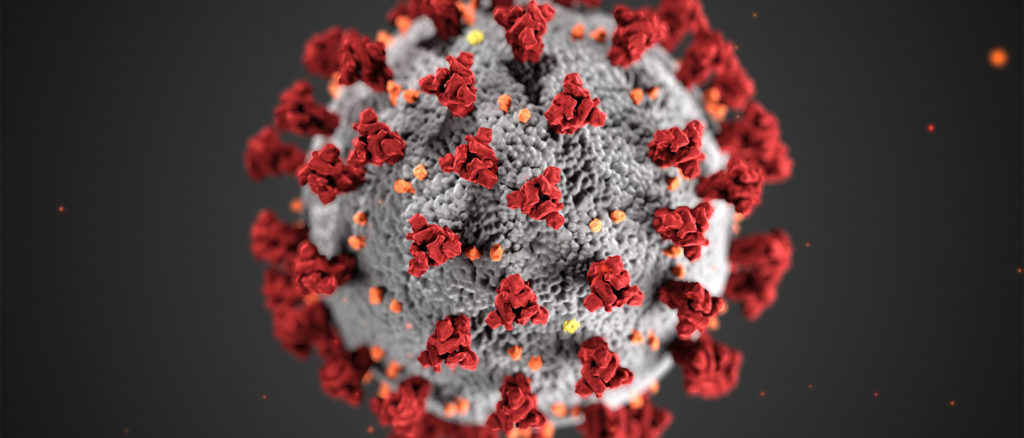
Models have been in the news quite a bit over the last several weeks, in particular as they relate to the COVID-19 Pandemic. There have been a great deal of concerns and questions as they relate to scientific modeling. I’m certainly not an epidemiologist, but meteorology is a field of science that relies heavily on modeling, so I thought I might share some insights.
Models, depending on the output desired, are essentially mathematical equations, in which variables are either solved for or assumed. The equations are given starting information, which is often altered, depending on observations, such as the temperature or barometric pressure in meteorology, or the case total or fatalities in a COVID model.
There is often discrepancy in the models versus what happens in real life because variables can be uncontrolled. In the case of the weather, the limited number of observations means there are gaps in information that are assumed, but not confirmed, which can lead to errors, especially over time.
The same can be said with COVID modeling, however the assumptions are based on how people will respond. The primary difference, at this point, between the various COVID models is assumptions based on how government ordered social distancing is instituted and remains in effect. One of the uncontrolled variables is how engaged in the population is in the social distancing, as the models only respond to the virus’s known rate of spread and mortality.
Models are only as good as the information that goes into them, but at the very least, they are effective at demonstrating trends, and giving an idea generally, if not always specifically, of the future. They can inform of responses of changes in variables. Weather models are updated regularly, and resubmitted with new data, with corresponding alterations to the forecast. COVID models are updated with new case numbers and new actions by the local populations and government.
Models exist to allow the public and the various powers that be to prepare and respond to pending conditions, whether they be thunderstorm or waves of illness. Unlike weather modeling, in which we are tasked with responding to the output, epidemic modeling allows us to alter the outcome with our actions, and are of particular value.
